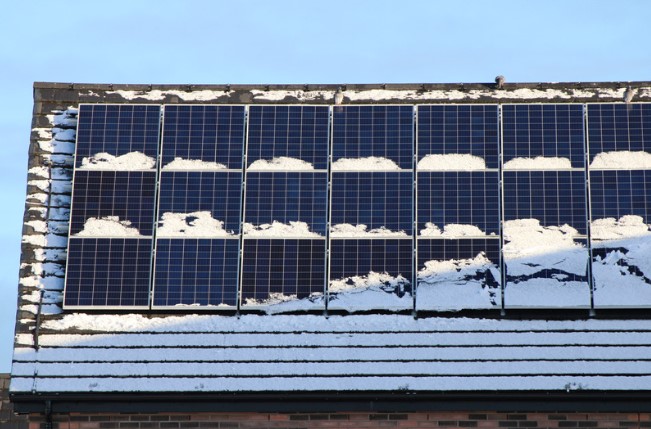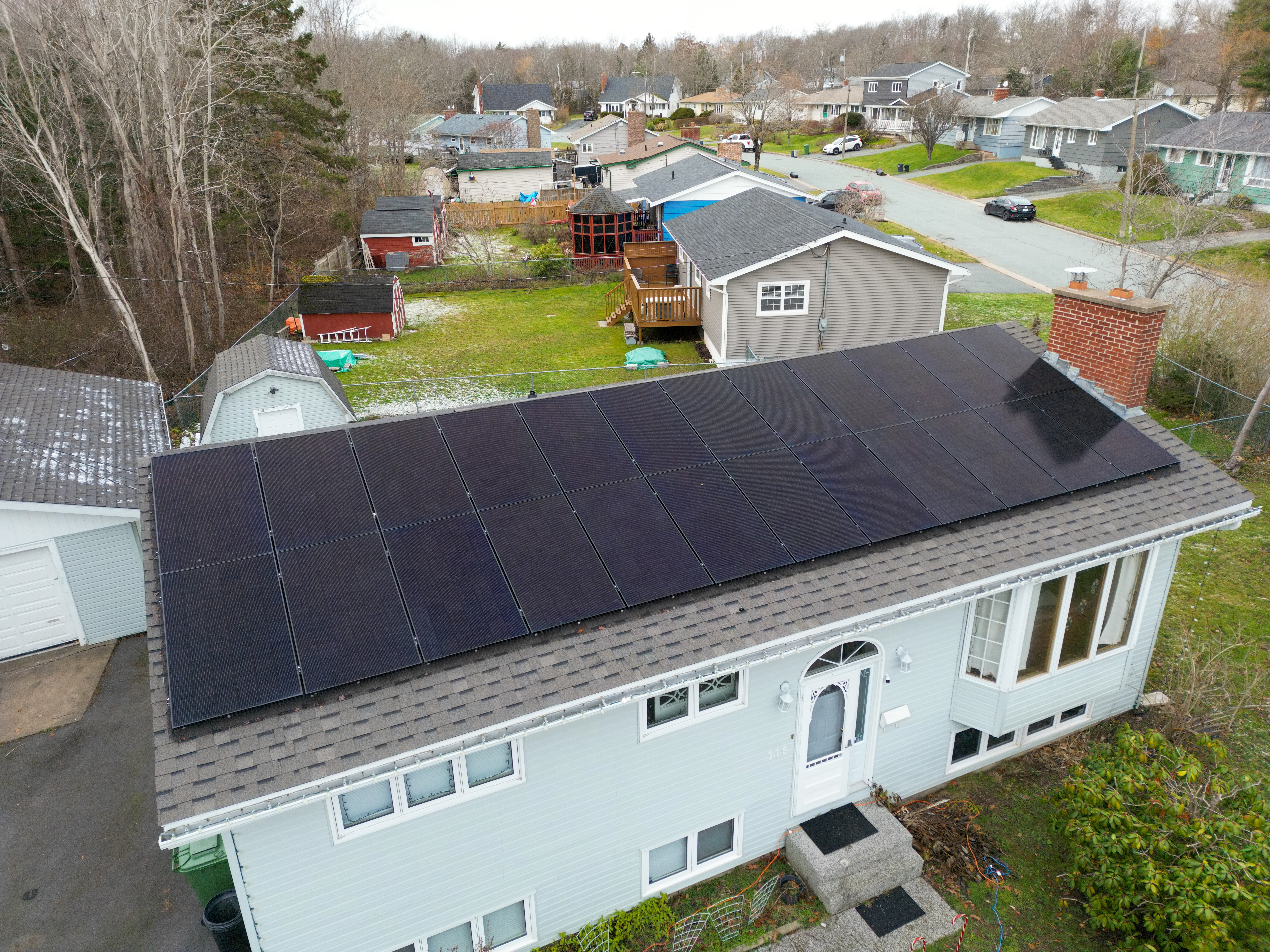Solar Power in Northern Climates
Solar Panels in a Northern Climate
The sun doesn’t shine here! The weather is too cold! Snow will block what little sunshine I get!
We’re the first to admit it. Nova Scotia isn’t California. And New Brunswick isn’t the Sahara. Prince Edward Island isn’t Mercury. Fortunately, a home doesn’t have to be on the planet closest to the sun to take advantage of sunlight. Because solar works just fine in the unique elements of Atlantic Canada.
Sunshine
It is true that different areas on earth receive more sunlight than others. And it is true that Atlantic Canada doesn’t have the same potential for solar energy as areas along the equator. But Chile and Peru aren’t on the equator, and they have the highest solar energy potential. Same with South Africa and Australia. So, the latitude of an area doesn’t always dictate how well solar panels will perform.
Even if an area isn’t in the most ideal location based on sunshine hours in a day, it can still produce solar power effectively. For instance, Germany has the same solar energy potential as Atlantic Canada. But Clean Energy Wire reports that Germany generates the fourth most solar power in the world.
The difference between Germany and Atlantic Canada is the will to promote and adapt solar. And that gap, while wide, is closing. According to EnergyHub.org, the best and second-best provinces for solar in all of Canada are Nova Scotia and Prince Edward Island.
Clouds
What happens on those days when the sun isn’t shining? According to Energy Sage, solar panels generate about 10 to 25% of their normal power output on a cloudy day. Sometimes, because clouds reflect and magnify sunlight, panels are just as efficient on cloudy days. Consider how often you’ve regretted not using sunscreen on an overcast day. The sunlight still gets through, in a powerful way.
And think about it – there certainly isn’t sunlight at night. Yet homes with solar still have power. They are either drawing power from the utility (via net metering) or pulling power from an independent batter storage system.
Cold and Snow
SNOW! And lots of it!
Sure, Atlantic Canada gets more than its fair share of snow. But snow doesn’t hamper solar productivity in a meaningful way. A Northern Alberta Institute of Technology study found that solar panels only lost 3% of their energy production due to snow cover. Why? Because panels are installed at an angle, so snow slides off. Helping that process is the glass on panels. Glass heats faster and is smoother than typical roofing, so snow sheds faster off panels.
Naturally, with snow comes cold. That is a good think for solar, because sunlight is less degraded in cold weather.
Yes, Atlantic Canada can be cold, snowy, rainy, and stingy with sunshine hours. But when the sun shines, it is powerful enough to produce the power required by homeowners throughout the region.



